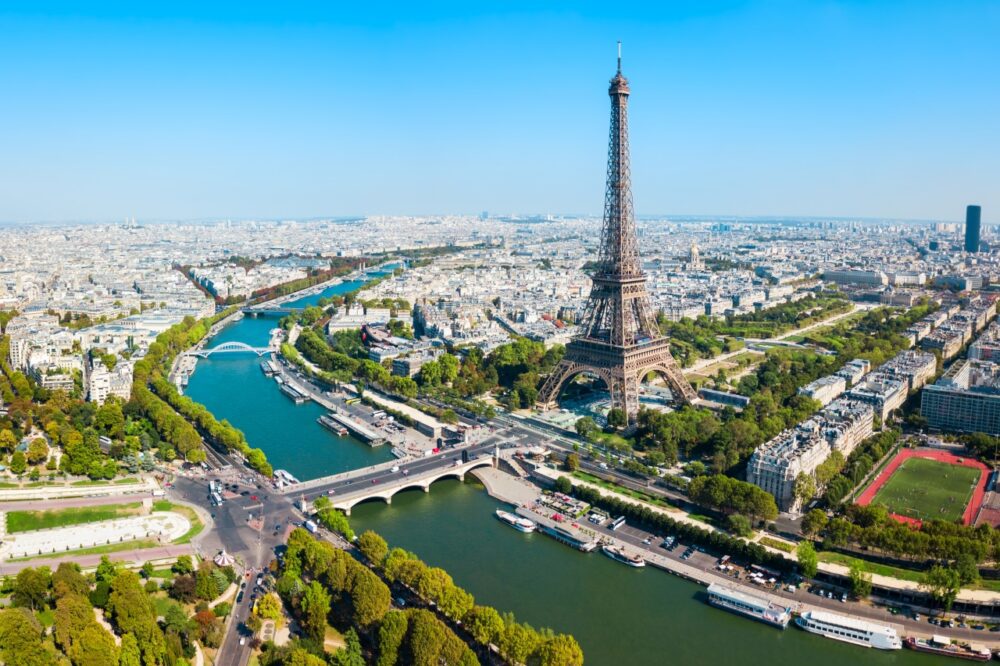
Is Paris worth visiting? Absolutely! The first time I arrived in Paris, I felt like I’d stepped into a movie. From the elegant streets of Montmartre to the shimmering lights of the Eiffel Tower, Paris has a way of making you fall in love with its beauty, culture, and undeniable charm. Whether it was sipping coffee at a sidewalk café or wandering through the halls of the Louvre, every moment felt like a scene from a romantic dream.
As the capital of France, Paris is one of the most iconic cities in the world. Known as the “City of Light,” it’s a place that combines centuries of history with modern sophistication. With landmarks like Notre-Dame, the Arc de Triomphe, and the Palace of Versailles, Paris offers endless opportunities to explore. And let’s not forget the food—whether it’s a buttery croissant from a local boulangerie or a Michelin-starred meal, Paris knows how to please your palate. But is Paris worth visiting for you?
In this blog post, we’ll dive into the top 10 reasons why Paris should be on your travel list, from its world-famous art and architecture to its romantic atmosphere. Plus, we’ll share travel tips to help you make the most of your visit. Keep reading to discover why Paris remains one of the most captivating destinations on the planet.
Table of Contents
Pros – Reasons You Should Visit Paris
1. One of the Most Beautiful and Iconic Cities in the World
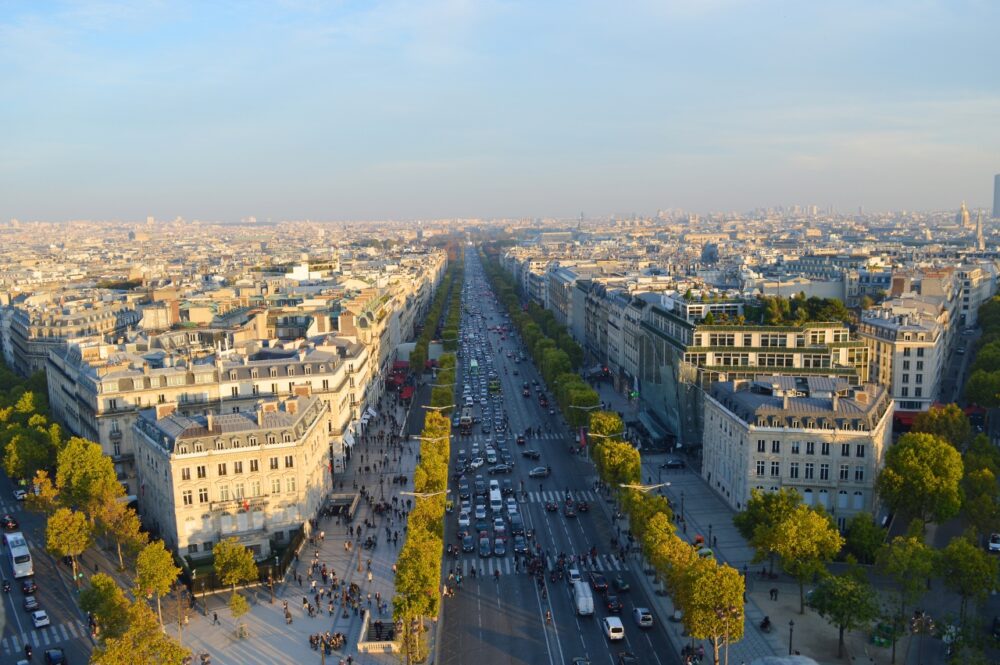
Paris is one of those cities that instantly feels magical. From the grand boulevards lined with Haussmann-style buildings to the charming cobbled streets of Montmartre, every corner of the city is full of elegance and character. The way the city is designed—wide avenues, green spaces, and stunning architecture—makes simply walking around an experience in itself.
I remember strolling along the Seine at sunset, watching the Eiffel Tower light up in the distance while street musicians played soft melodies nearby. Even without visiting a single attraction, Paris has a way of making you fall in love with its atmosphere. Whether it’s the intricate details of a centuries-old building or the way the city glows at night, Paris is effortlessly beautiful.
2. The Eiffel Tower is a Must-See, Day or Night

Few landmarks are as famous or breathtaking as the Eiffel Tower. Whether you admire it from a distance, take a river cruise past it, or climb to the top for an unbeatable view, it’s a sight that never fails to impress. Seeing it sparkle at night, when thousands of twinkling lights illuminate the structure for five minutes every hour, is a moment you’ll never forget.
I visited the top of the tower just before sunset, and watching the city slowly transition from day to night was one of the highlights of my trip. If you don’t want to deal with long lines, heading to the Trocadéro Gardens or the Champ de Mars offers incredible views without the crowds. No matter how many photos you’ve seen, nothing compares to seeing it in person.
3. Paris is a Dream for Art and Museum Lovers
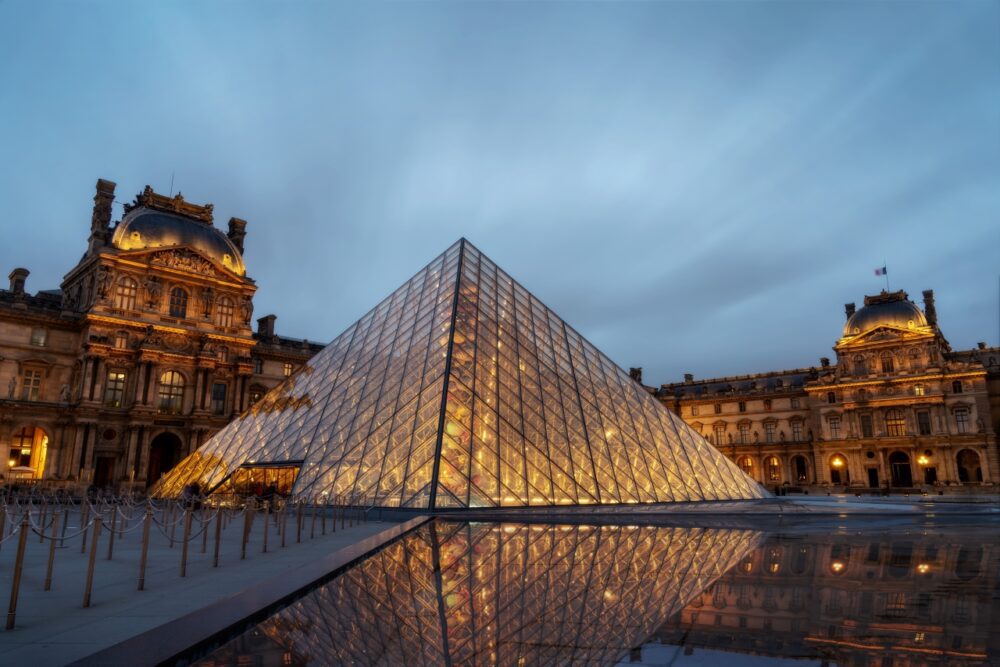
Paris is home to some of the best museums in the world, from the world-famous Louvre to the stunning Musée d’Orsay and the modern Centre Pompidou. Whether you love classical art, impressionist masterpieces, or contemporary exhibitions, there’s something for everyone.
I spent half a day at the Louvre and barely scratched the surface of its massive collection. Seeing the Mona Lisa in person was exciting, but what impressed me even more was the sheer size and beauty of the museum itself. Another favorite was the Musée de l’Orangerie, where Monet’s massive Water Lilies paintings created a peaceful, immersive experience. Even if you’re not usually into museums, Paris makes art feel accessible and exciting.
4. The Café Culture is Like Nowhere Else
Sitting at a Parisian café, sipping a coffee or a glass of wine while watching the world go by, is one of the simplest but most enjoyable experiences in the city. The café culture in Paris is about slowing down, taking your time, and enjoying the moment—something that feels increasingly rare in today’s fast-paced world.
I spent an afternoon at Café de Flore, a historic spot once frequented by writers like Jean-Paul Sartre and Simone de Beauvoir. The atmosphere was lively, with people deep in conversation, writing in notebooks, or just observing the street life. Whether you choose a famous café or a quiet one in a hidden alley, it’s a quintessential Parisian experience.
5. The Food Scene is World-Class
Paris is one of the best food cities in the world, offering everything from Michelin-starred restaurants to humble neighborhood bistros and charming bakeries. Whether you’re indulging in buttery croissants, rich coq au vin, or a perfectly cooked steak frites, every meal feels special.
I made it a mission to try as many pastries as possible, and the highlight was a warm, flaky pain au chocolat from a small bakery in Le Marais. I also had the best meal of my trip in a tiny bistro where the waiter recommended the duck confit, and it was absolutely perfect—crispy on the outside, tender on the inside, and full of flavor. If you love food, Paris is a dream destination.
6. A City That is Made for Walking
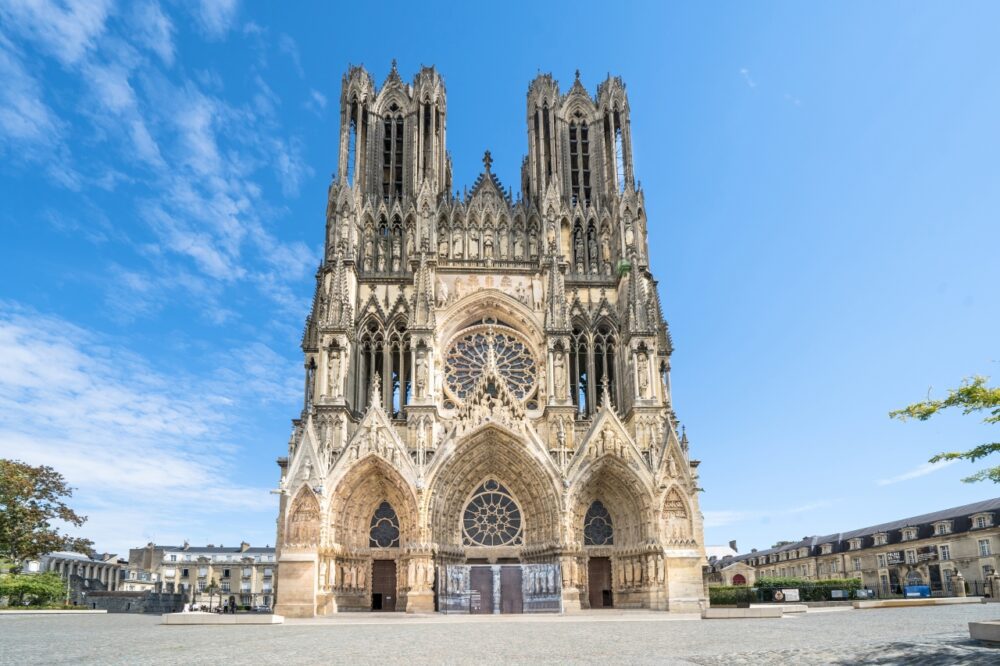
Paris is one of the most walkable cities in the world, with each neighborhood offering something different to explore. From the artistic streets of Montmartre to the elegant avenues of Saint-Germain-des-Prés, walking through Paris feels like discovering a new world around every corner.
One of my favorite walks was from the Latin Quarter to Île de la Cité, where I passed charming bookshops, centuries-old churches, and hidden courtyards before arriving at the breathtaking Notre-Dame Cathedral. Every street feels like a story waiting to be uncovered, making wandering around without a plan one of the best ways to experience the city.
7. The Seine River Adds to the City’s Romance
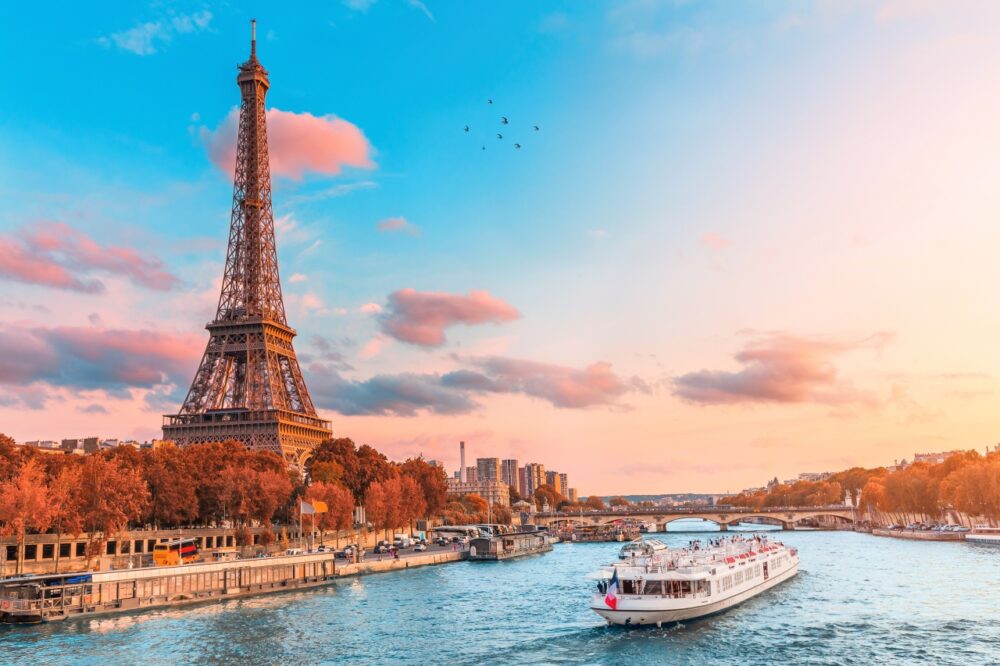
The Seine runs through the heart of Paris, adding to its charm and providing beautiful riverside walks, historic bridges, and the perfect setting for boat cruises. Whether you’re strolling along the banks, crossing the famous Pont Alexandre III, or taking a sunset cruise, the river is an essential part of the Parisian experience.
I took a boat cruise at dusk, and seeing the city’s landmarks illuminated as we glided under the bridges was an unforgettable experience. Sitting on the riverbanks with a baguette and some cheese, watching boats pass by, was just as special. The Seine gives Paris an extra layer of romance and beauty that’s hard to match.
8. Some of the Best Shopping in the World
Paris is one of the fashion capitals of the world, home to high-end designer stores, independent boutiques, and famous department stores like Galeries Lafayette. Whether you’re looking for luxury brands or vintage treasures, the city offers endless shopping opportunities.
I explored the shops along Rue Saint-Honoré and was amazed by the window displays, even if most items were far beyond my budget. For something more affordable, the flea markets and vintage shops in Le Marais offered unique finds and stylish pieces at reasonable prices. Even if you’re just window shopping, Paris makes fashion feel like an art form.
9. The City Has an Endless Supply of Hidden Gems
Beyond its famous landmarks, Paris is full of lesser-known spots that make exploring the city even more exciting. Secret gardens, tucked-away bookshops, and quiet courtyards give the city a sense of mystery and discovery.
I stumbled upon the covered passageways of Paris, like Galerie Vivienne, which felt like stepping back in time with its glass ceilings, mosaic floors, and charming cafés. Another favorite was the Coulée Verte, an elevated park built on an old railway line, offering a peaceful retreat above the busy streets. No matter how many times you visit, Paris always has something new to reveal.
10. The Magic of Paris at Night
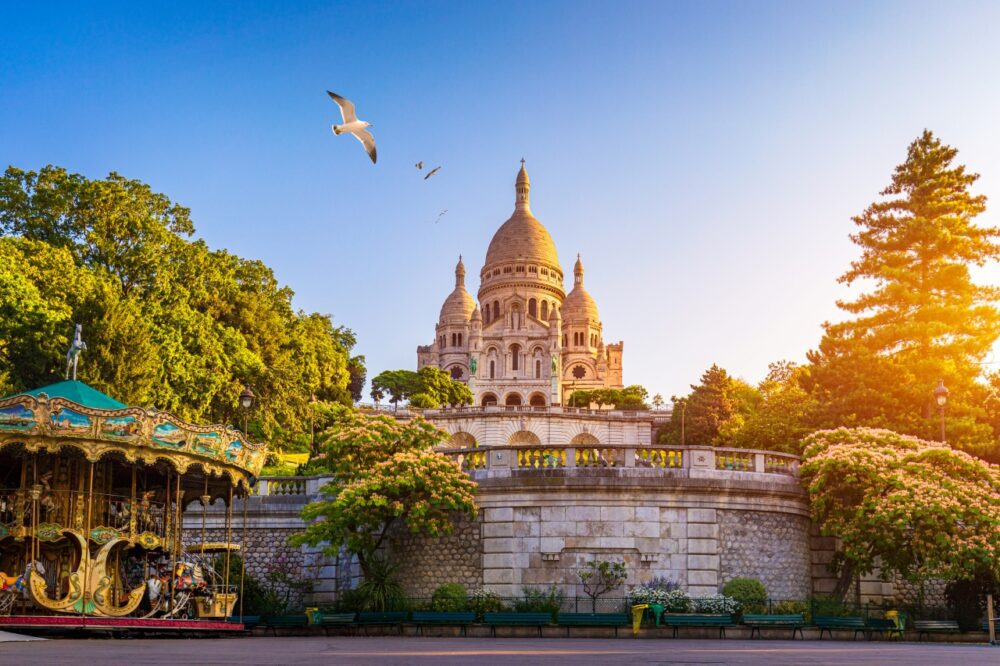
Paris truly comes alive at night. The city’s lights reflect off the Seine, street musicians play in lively squares, and cozy wine bars fill with people enjoying long conversations. The nickname “City of Light” isn’t just about the illuminated landmarks—it’s about the atmosphere that makes the city feel alive after dark.
One of my favorite memories was wandering through Montmartre at night, where the quiet streets felt even more romantic, with lantern-lit staircases leading up to Sacré-Cœur. Another highlight was sipping wine at a late-night café in Saint-Germain, where time seemed to slow down as people talked and laughed around me. Paris at night has a magic that’s hard to describe but impossible to forget.
Cons – Things You Should Consider When Visiting Paris
1. Paris Can Be Very Crowded, Especially at Major Attractions
Paris is one of the most visited cities in the world, which means that its most famous landmarks often feel overwhelmingly crowded. The Louvre, the Eiffel Tower, and Notre-Dame attract millions of visitors each year, leading to long lines, packed spaces, and a sometimes chaotic atmosphere, especially during peak seasons.
I visited the Louvre in the middle of the day, and the sheer number of people made it difficult to enjoy the artwork. The Mona Lisa, in particular, was surrounded by a thick crowd, and getting close enough for a proper look felt like a challenge. The Eiffel Tower was just as packed, with long lines even early in the morning. If you want to avoid the worst of the crowds, visiting popular attractions early in the morning or late in the evening can make a big difference.
2. Paris is an Expensive City to Visit
While Paris offers incredible experiences, it comes at a cost. Accommodation, dining, and attractions can be significantly more expensive than in other European cities. Hotels, especially in central areas, are pricey, and even simple meals at cafés can add up quickly.
I remember paying nearly €5 for a basic cup of coffee at a well-known café in Saint-Germain-des-Prés—an experience more about the location than the drink itself. Dining at even mid-range restaurants often came with higher-than-expected bills, and museum entry fees added up quickly. While there are ways to save money—like eating at bakeries, visiting museums on free-entry days, or staying in less touristy neighborhoods—Paris is not a cheap destination.
3. The Metro, While Efficient, Can Be Overcrowded and Confusing
Paris has a great public transportation system, but the metro can be packed during rush hour and sometimes difficult for first-time visitors to navigate. The older stations aren’t always well-maintained, and the lack of air conditioning in many metro cars can make summer travel uncomfortable.
I took the metro during evening rush hour, and it was uncomfortably packed, with people squeezing into every available space. Some stations, like Châtelet, felt like a maze, with long corridors and multiple exits that made getting to the right platform confusing. While the metro is one of the best ways to get around the city, avoiding peak hours and using a navigation app can make the experience smoother.
4. Pickpocketing and Scams are a Real Concern in Tourist Areas
Like many major tourist destinations, Paris has issues with pickpocketing, particularly in crowded areas like the metro, the Eiffel Tower, and Montmartre. Groups of pickpockets work in teams, distracting tourists while stealing valuables, and common scams—like fake petitions or people tying bracelets around your wrist—can catch unsuspecting visitors off guard.
While walking near Sacré-Cœur, I saw a group of scammers trying to place friendship bracelets on tourists’ wrists, then demanding money. Luckily, I knew to avoid them, but I could see how easy it would be to get caught in the scam. Pickpocketing is also common in busy metro stations, so keeping your belongings secure, using a crossbody bag, and staying alert in crowds is essential.
5. Parisians Have a Reputation for Being Rude (Though This is Not Always True)
Paris has a reputation for having less-than-friendly service, particularly in restaurants and cafés. While this stereotype doesn’t apply to everyone, some visitors do find that waiters and shopkeepers can be a bit impatient or abrupt, especially if they don’t attempt to speak any French.
I had a waiter roll his eyes at me when I asked for an English menu, which felt a little off-putting. However, I also found that making an effort to say a few words in French—like “bonjour” when entering a shop or “merci” when leaving—helped improve interactions. While you don’t need to be fluent, showing basic courtesy in French goes a long way in getting a more positive response.
When to Visit Paris
The best times to visit Paris are spring (April to June) and autumn (September to October), when the weather is mild, parks and gardens are in full bloom or autumnal splendour, and crowds are more manageable. During these shoulder seasons, the city’s outdoor cafes, markets, and riverbanks are lively but not packed, allowing you to take in Paris at a relaxed pace. Summer (July and August) is popular but brings more tourists and hotter temperatures, while winter has its own charm—particularly in December when Paris transforms with Christmas lights, markets, and festive window displays, though some attractions may have shorter hours.
How to Get to Paris
Paris has three major airports: Charles de Gaulle (CDG), Orly (ORY), and Beauvais-Tillé (BVA). CDG, 25 kilometres northeast of the city, is the main international hub with flights from major airlines like Air France, British Airways, and Delta. The RER B train connects CDG to central Paris in about 30 minutes. Orly, just south of the city, also offers domestic and European flights and is linked to the city by the Orlyval shuttle and RER B train. Beauvais-Tillé, further out and mainly for budget airlines, offers shuttle buses to Paris, taking around 1.5 hours. Paris is also well-connected by rail, with high-speed TGV trains from cities like London, Brussels, and Amsterdam arriving at Gare du Nord.
Where to Stay in Paris
Paris offers diverse neighbourhoods, each with its own appeal and range of accommodation options:
- Luxury: Saint-Germain-des-Prés – Known for its artistic legacy and historic cafes, this Left Bank area is ideal for luxury travellers. Hotel Lutetia and Hotel d’Aubusson provide classic Parisian elegance near landmarks like the Luxembourg Gardens.
- Mid-range: Le Marais – A lively district with boutiques, galleries, and a rich Jewish heritage. Hotel Jeanne d’Arc and Le Pavillon de la Reine are stylish choices offering comfort and character in a central location.
- Budget: Latin Quarter – Close to the Sorbonne and popular with students, the Latin Quarter has affordable stays like Hotel des Grandes Ecoles and Young & Happy Hostel, which give you easy access to vibrant cafes, markets, and the Seine.
Getting Around Paris
Paris is easy to explore thanks to its extensive Metro system, which has 16 lines connecting nearly every corner of the city. A single ticket, day pass, or Paris Visite Pass provides flexible options depending on your length of stay. For a more scenic route, hop on a Batobus along the Seine, which offers river views of landmarks like the Eiffel Tower and Notre-Dame. Paris is also very walkable, and neighbourhoods like Le Marais and Montmartre are best explored on foot. The city’s Vélib’ bike-sharing scheme is popular and affordable, with docking stations throughout Paris—a great way to cycle along the Seine or through its many parks.
How Long to Spend in Paris
Four to five days in Paris is ideal, giving you time to see iconic sights like the Eiffel Tower, Louvre, Notre-Dame, and Montmartre at a relaxed pace. With five days, you’ll have room to explore a few museums, wander the Left Bank’s historic streets, and enjoy Parisian cafe culture without rushing. If you have extra time, consider a day trip to Versailles or Giverny to see Monet’s gardens. With a week, you could also visit Disneyland Paris or take a high-speed train to the Champagne region for a memorable day among the vineyards.
Conclusion
So, is Paris worth visiting? Without a doubt! With its breathtaking landmarks, rich cultural heritage, and unparalleled charm, Paris offers an experience like no other. Whether you’re admiring the art at the Louvre, strolling along the Seine, or indulging in French pastries, the city delivers unforgettable memories. While it can be pricey and crowded at times, its magic far outweighs any drawbacks. If you’re ready to experience the timeless allure of France’s capital, start planning your trip to Paris today—it’s a journey you’ll never forget!
